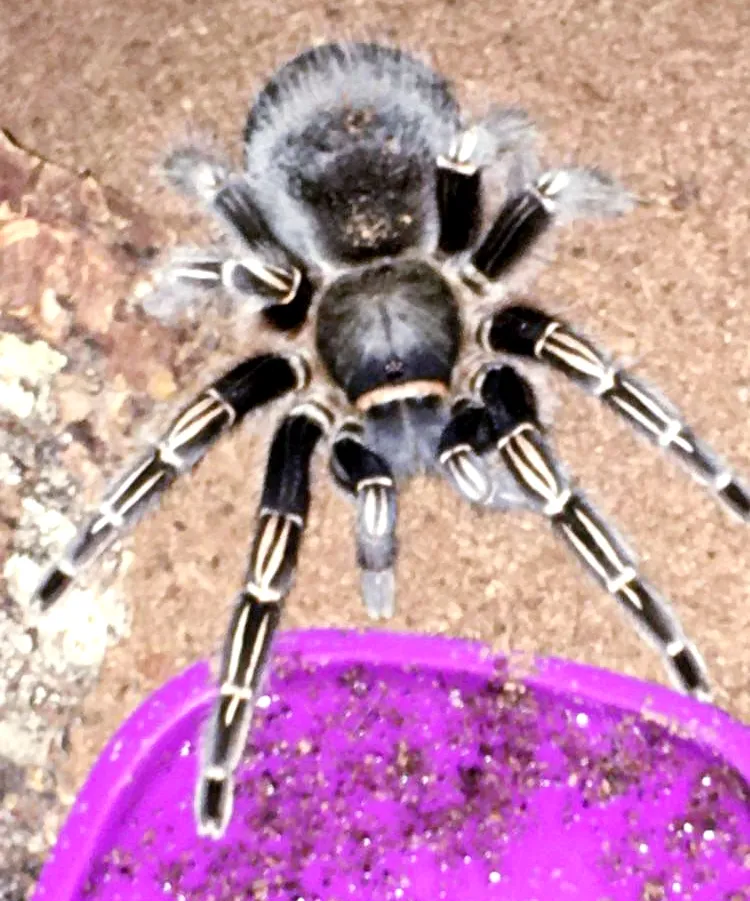Seemani Tarantula Habitat Setup
Setting up the perfect habitat is the first and most crucial step in providing excellent care for your Seemani tarantula. These fascinating creatures thrive in environments that closely mimic their natural habitats. A well-designed enclosure ensures your tarantula’s well-being and allows you to observe its fascinating behavior. The following are key considerations to ensure your Seemani tarantula has a comfortable and enriching home.
Choosing the Right Enclosure
The size of the enclosure is paramount. As a general rule, the enclosure should be at least three times the tarantula’s leg span in width and length, and the height should be sufficient to allow for a layer of substrate and any decorations without compromising the tarantula’s ability to move and maneuver. Glass or clear plastic terrariums work well, allowing for easy viewing and observation. Ensure the enclosure has a secure, escape-proof lid, as tarantulas are adept climbers and can squeeze through small openings. Ventilation is also critical; the enclosure should have air holes or a mesh top to facilitate air circulation and prevent the buildup of humidity and condensation, which can lead to mold and health problems. Consider the specific size and temperament of your Seemani tarantula when selecting the enclosure size and design. For example, terrestrial species like the Seemani require more floor space than arboreal species.
Substrate Selection and Depth

The substrate provides a comfortable surface for your tarantula and helps regulate humidity. For Seemani tarantulas, a substrate that retains moisture is ideal, such as a mix of coco fiber, peat moss, and a small amount of vermiculite. The depth of the substrate should be approximately 2-4 inches, allowing the tarantula to burrow if it chooses. Avoid using substrates with sharp edges or chemicals that could harm the tarantula. Regularly check the substrate for cleanliness and replace it as needed. Maintaining a clean substrate is essential for preventing the growth of mold and bacteria. Observe your tarantula’s behavior; if it consistently digs or burrows, you may want to increase the substrate depth to provide more enrichment and security.
Providing Hiding Places
Seemani tarantulas are naturally reclusive and appreciate having secure hiding places within their enclosure. These can include cork bark, artificial or live plants, and half logs. Providing multiple hiding spots allows your tarantula to feel secure and reduces stress. Arrange the hiding places strategically, considering the tarantula’s size and preferences. Ensure that the hiding places are stable and do not pose a risk of collapsing on the tarantula. The hiding places should also be easy to clean or replace as needed. Observe your tarantula’s behavior to determine if it feels safe and comfortable in its habitat. A well-hidden tarantula is often a happy tarantula.
Maintaining Proper Ventilation
Proper ventilation is essential for preventing the buildup of stale air and harmful mold in the enclosure. Ensure that your enclosure has adequate ventilation holes or a mesh top to facilitate air circulation. Avoid placing the enclosure in direct sunlight or near heat sources, as this can cause the enclosure to overheat and dry out the substrate. Regularly inspect the ventilation system to ensure it is functioning properly and free from obstructions. Good ventilation also helps control humidity levels within the enclosure. Proper ventilation is crucial for preventing respiratory issues and ensuring the overall health and well-being of your Seemani tarantula.
Temperature and Humidity Control for Your Seemani Tarantula
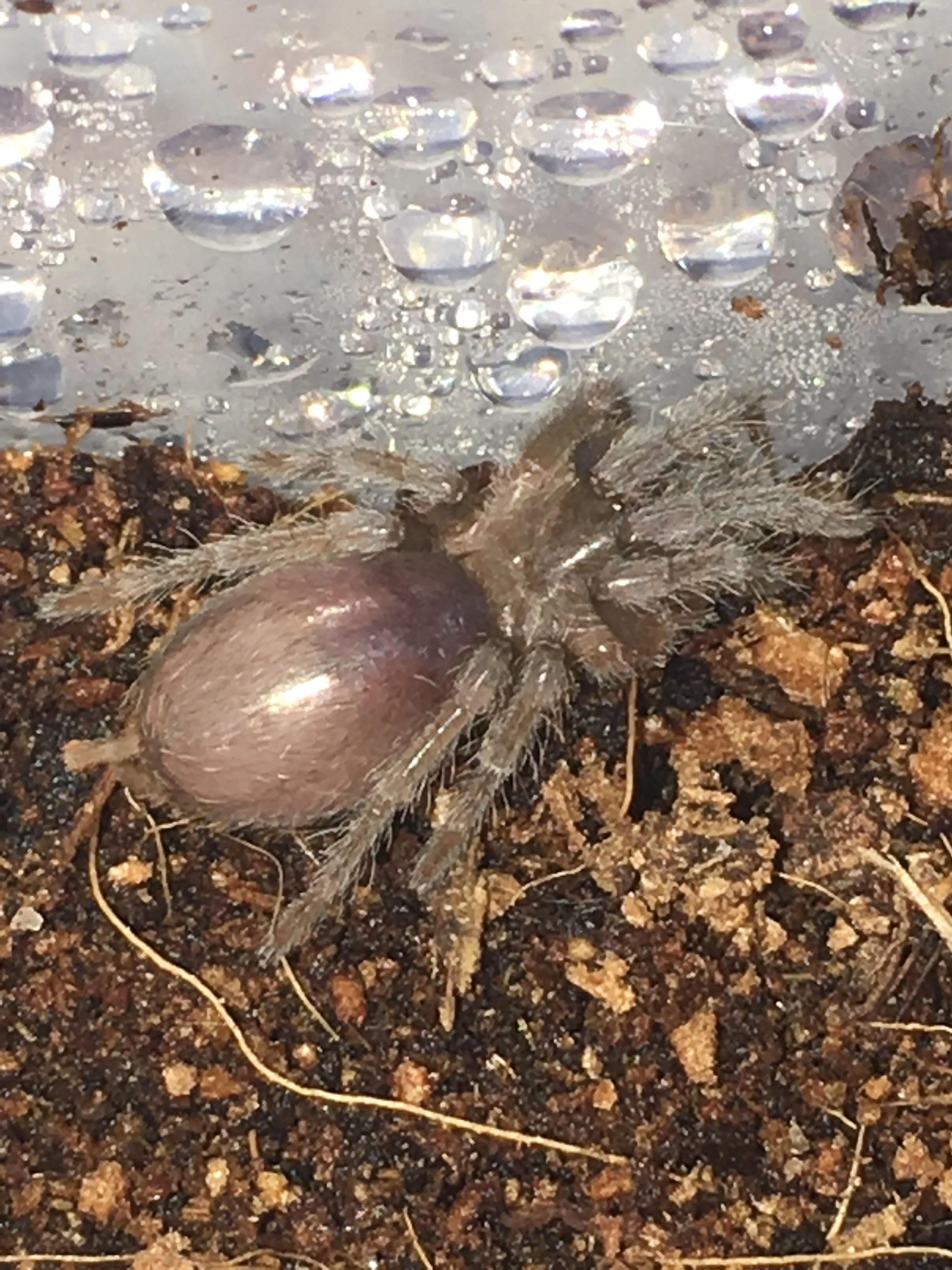
Ideal Temperature Range
Seemani tarantulas thrive in a specific temperature range. The ideal temperature for their enclosure is typically between 75-85°F (24-29°C). Use a thermometer to monitor the temperature within the enclosure regularly. Avoid placing the enclosure near direct sunlight or heat sources that could cause the temperature to fluctuate significantly. During colder months, you may need to use a heat lamp or heat pad to maintain the desired temperature range. Ensure that any heat source is used safely, with proper distance from the tarantula and appropriate temperature control. Consistent temperature is key to the tarantula’s health and well-being.
Humidity Levels and How to Achieve Them
Maintaining the correct humidity level is crucial for the health of your Seemani tarantula. The ideal humidity range is generally between 60-70%. You can measure the humidity using a hygrometer placed inside the enclosure. To achieve the desired humidity level, you can mist the enclosure with dechlorinated water or provide a water dish. The frequency of misting depends on the humidity level and the ventilation of the enclosure. Over-misting can lead to excessive humidity and mold growth. The substrate choice also plays a role in maintaining humidity; a moisture-retaining substrate, like coco fiber, helps regulate the enclosure’s humidity levels. Regularly monitor and adjust the humidity levels as needed to ensure your tarantula’s comfort.
Monitoring Temperature and Humidity

Consistent monitoring of temperature and humidity is vital for your Seemani tarantula’s well-being. Use a reliable thermometer and hygrometer to track conditions inside the enclosure. Place these instruments in easily visible locations within the enclosure for regular checks. Keep a log of temperature and humidity readings to identify any patterns or fluctuations. Adjust the environmental controls, such as heat lamps or misting, based on these readings to maintain optimal conditions. Be vigilant in your observations, as environmental conditions can change quickly. Regular monitoring allows you to proactively address any issues and provide the best possible care for your tarantula.
Feeding Your Seemani Tarantula
What to Feed Your Tarantula
Seemani tarantulas are carnivores and primarily feed on insects. Suitable food sources include crickets, mealworms, dubia roaches, and other commercially available feeder insects. Ensure that the insects are gut-loaded with nutritious food before feeding them to your tarantula. This will provide your tarantula with essential nutrients. Avoid feeding your tarantula insects that have been exposed to pesticides or other harmful chemicals. The size of the insects should be appropriate for your tarantula; they should be no larger than the tarantula’s body size. Variety in the diet is beneficial, so try to offer different types of insects to provide a balanced diet.
Feeding Frequency and Portion Sizes
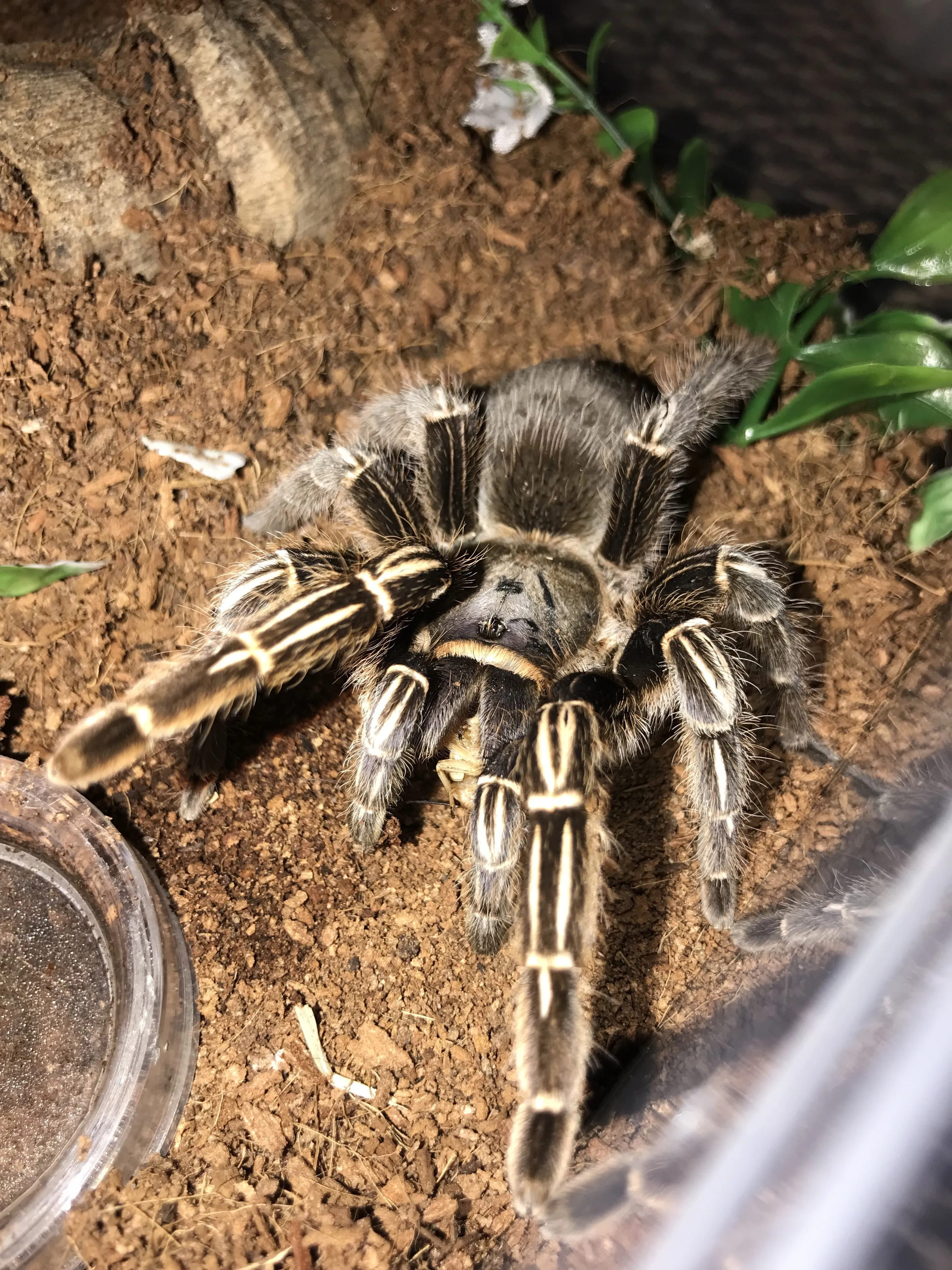
The feeding frequency depends on the age and size of your Seemani tarantula. Spiderlings and juvenile tarantulas generally need to be fed more frequently than adults. Spiderlings can be fed 2-3 times a week, while adults can be fed once a week or every other week. The amount of food offered should be adjusted based on the tarantula’s appetite and body condition. Remove any uneaten food within 24 hours to prevent the growth of mold and mites. A healthy tarantula will have a plump abdomen. Overfeeding can lead to health issues. Monitor your tarantula’s appetite and adjust the feeding schedule accordingly.
Dealing with Refusal to Eat
It’s not uncommon for tarantulas to refuse food, especially before molting. If your Seemani tarantula stops eating, first, ensure that the environmental conditions are correct and that the tarantula is not stressed. Check for any signs of illness or injury. A tarantula may also refuse food if it is about to molt; look for a darkening of the abdomen and a loss of appetite. Avoid offering food during the molting process. If the tarantula continues to refuse food for an extended period, consult an experienced tarantula keeper or veterinarian. Sometimes, a change in diet or a slight adjustment in the environment can encourage eating.
Water and Hydration
Providing Fresh Water
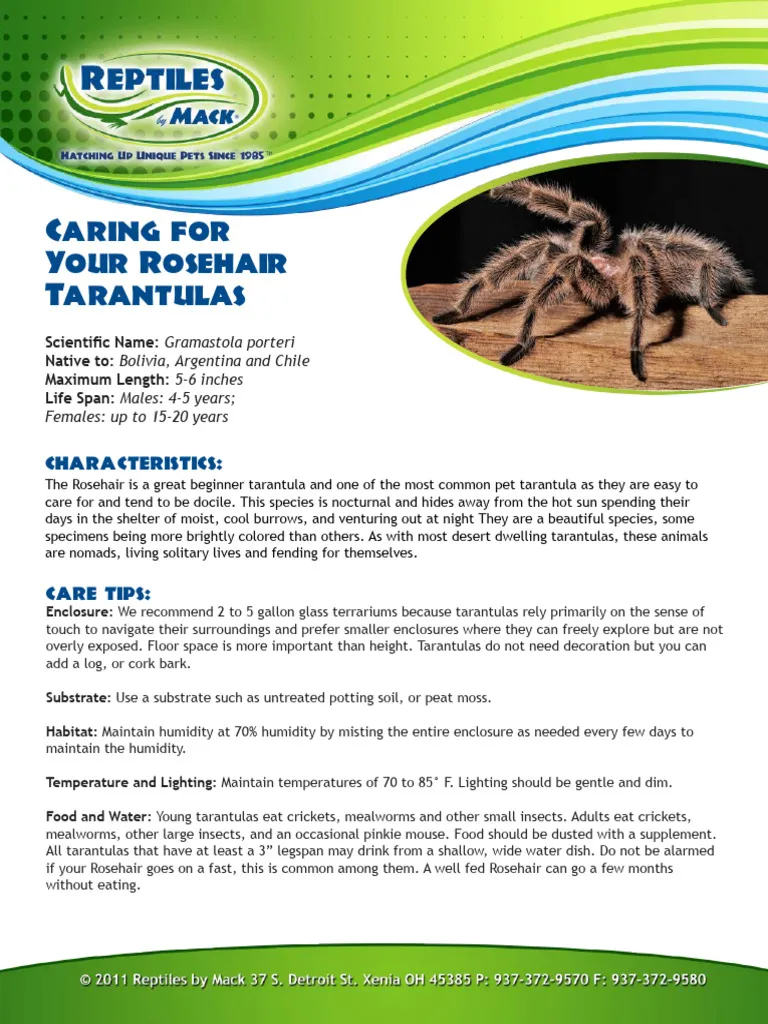
Clean, fresh water is essential for your Seemani tarantula’s health. Provide a shallow water dish that is easily accessible. The water dish should be appropriate in size and depth to prevent the tarantula from drowning. Use dechlorinated water to avoid any harmful chemicals. Change the water in the dish regularly, ideally every 1-2 days, to prevent the growth of bacteria and algae. Monitor the water level and ensure the dish is always filled. Water is crucial for hydration, molting, and overall well-being, so ensure your tarantula has a constant supply of fresh water.
Misting and Humidity
Besides providing a water dish, misting the enclosure can help maintain humidity levels. Use a spray bottle filled with dechlorinated water to mist the enclosure lightly, avoiding directly spraying the tarantula. Mist the enclosure as needed, depending on the humidity level and ventilation. Monitor the substrate; it should be slightly moist but not saturated. If you notice condensation forming excessively, reduce the misting frequency or improve ventilation. Misting can also encourage the tarantula to drink water droplets from the enclosure walls and decorations. Observe your tarantula’s behavior and adjust the misting routine accordingly to keep them hydrated.
Handling and Safety
Handling Precautions
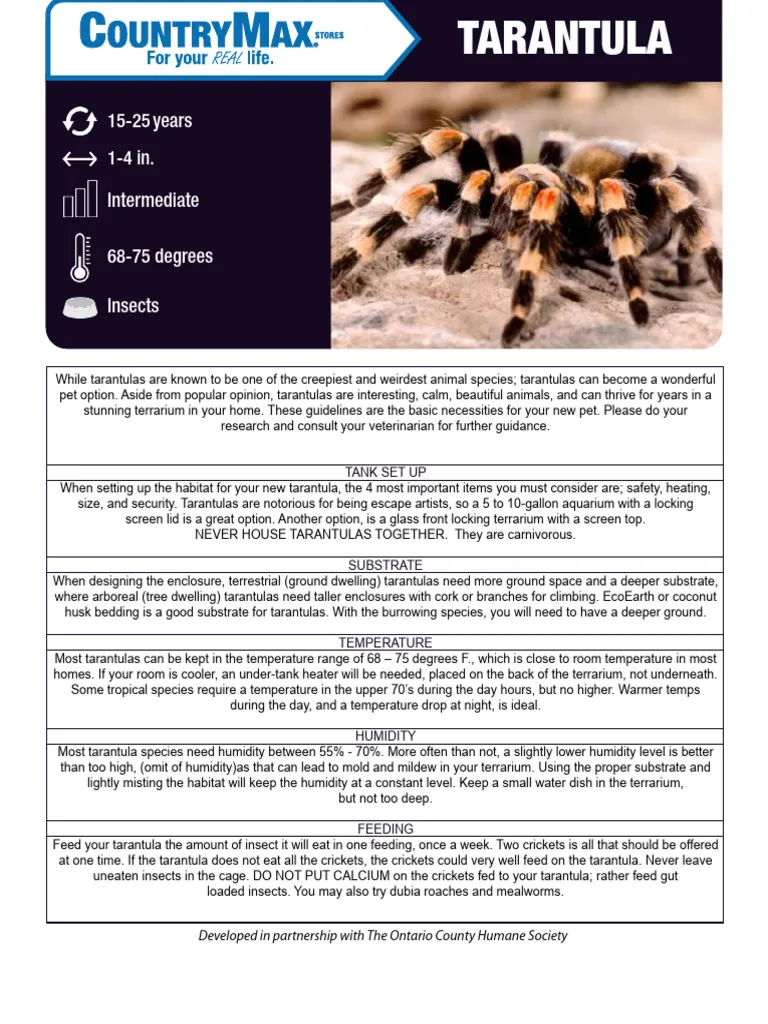
Handling a Seemani tarantula should be approached with caution. Although they are not typically aggressive, tarantulas can bite if they feel threatened. Always handle your tarantula close to the ground or over a soft surface in case of a fall. Before handling, ensure that you are calm and have clean hands. Avoid sudden movements or loud noises that could startle the tarantula. Never handle a tarantula when it is about to molt or has just molted, as they are most vulnerable during these times. If you are bitten, clean the area with soap and water and seek medical advice if needed.
Recognizing Signs of Stress
It is crucial to understand the signs of stress in your Seemani tarantula to ensure its well-being. Common signs of stress include erratic behavior, such as running around the enclosure or flicking hairs. Loss of appetite, a reluctance to hide, or staying in one place for extended periods are also indicators of stress. If you notice these behaviors, examine the enclosure’s environment. Ensure that the temperature, humidity, and other parameters are within the correct range. Remove any potential stressors, such as loud noises or excessive handling. Providing ample hiding places and a secure environment can significantly reduce stress. Understanding these signs allows you to address any potential issues promptly.
Common Seemani Tarantula Health Issues
Molting Process and What to Expect
Molting is a natural process in which tarantulas shed their exoskeletons to grow. The molting frequency depends on the tarantula’s age and growth rate. Before molting, the tarantula will typically become less active, may refuse food, and the abdomen may darken. During the molting process, the tarantula lies on its back. Avoid disturbing the tarantula during this vulnerable time. After molting, the tarantula will be soft and vulnerable; allow a few days for the exoskeleton to harden before offering food. Do not panic if the molt does not go well. If it does, consult an experienced tarantula keeper or veterinarian. The molting process is vital for the tarantula’s development.
Identifying and Addressing Health Problems
Keep an eye on your Seemani tarantula’s health to ensure a long and happy life. Check for signs of parasites, injuries, and infections. Common health problems can include mites, fungal infections, and injuries from falls. Mites can often be seen on the tarantula’s body. A fungal infection may present as discolored patches. Injuries from falls can include broken legs or damage to the exoskeleton. If you notice any health issues, isolate the tarantula and consult a vet who is familiar with spiders. Preventative measures such as maintaining a clean enclosure and ensuring proper environmental conditions are essential for preventing health problems.
Conclusion
Caring for a Seemani tarantula can be a rewarding experience. By following this care guide, you can create a healthy and thriving environment for your pet. Remember that consistent monitoring of environmental conditions, proper feeding, and cautious handling are key to ensuring your tarantula’s well-being. Enjoy the unique and fascinating world of tarantula keeping, and appreciate the beauty and wonder of these amazing creatures. Always seek expert advice when necessary, and enjoy your journey as a tarantula keeper!
